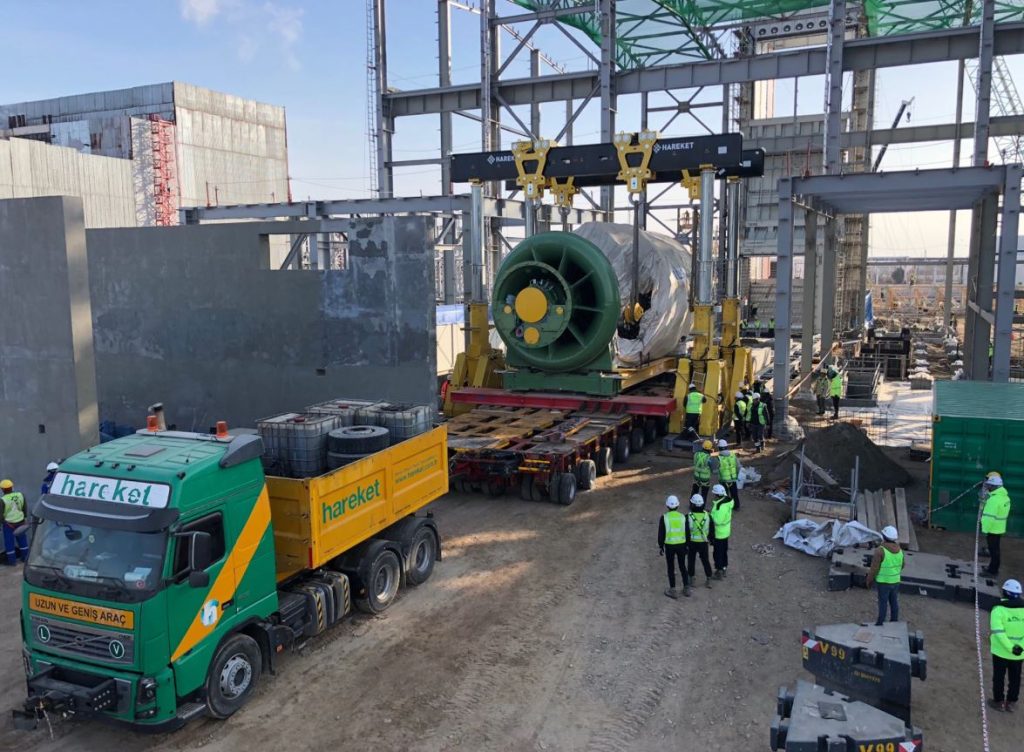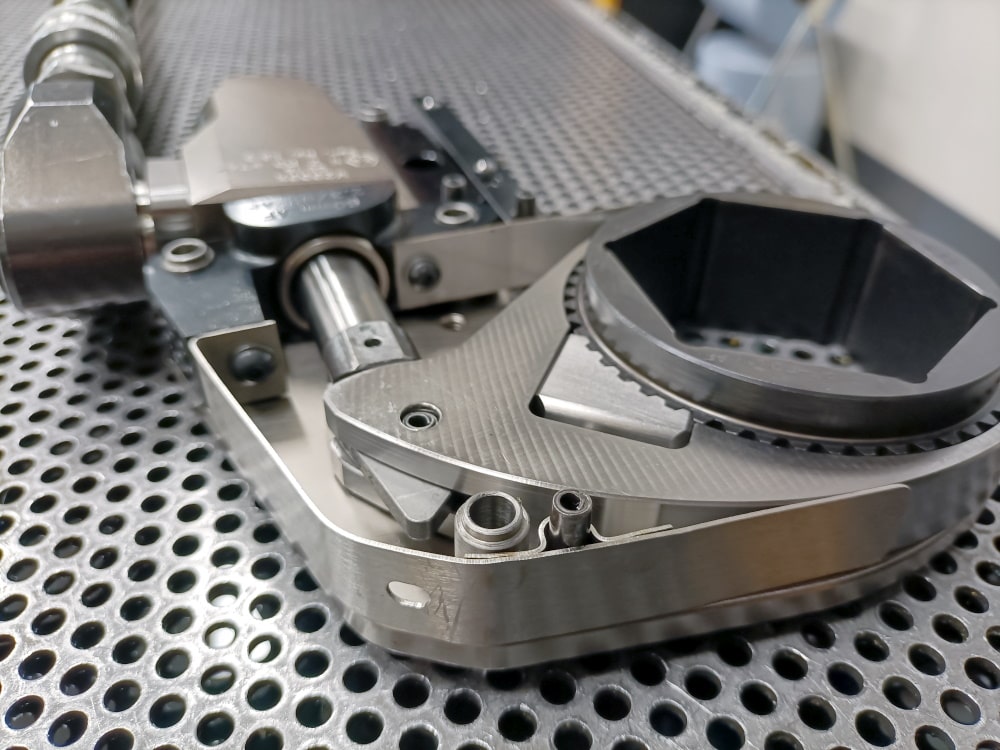A crowbar is a versatile tool with a range of applications in construction, demolition, and general maintenance. Known for its robust design and practical functionality, the crowbar is a must-have for professionals and DIY enthusiasts alike. In this guide, we will explore the various types of crowbars, their uses, and maintenance tips to ensure longevity. We will also discuss the relevance of crowbars in conjunction with other materials, such as geocomposites, which are used in various engineering applications.
What is a Crowbar and What Are Its Common Uses?
A crowbar, also known as a pry bar, is a long, sturdy tool made of metal, typically with a curved end and a flat, wedge-shaped tip. It is primarily used for prying, pulling, and levering tasks. Common uses include removing nails, lifting heavy objects, and breaking apart materials. In construction and demolition, crowbars are invaluable for their strength and leverage, making them ideal for tasks like dismantling structures or extracting embedded materials.

What Are the Different Types of Crowbars?
Crowbars come in various shapes and sizes, each designed for specific tasks. The most common types include:
- Flat Pry Bar: Features a flat, wide end that helps in prying open objects or removing nails.
- Curved Pry Bar: Has a curved end, which provides extra leverage for prying and lifting.
- Wrecking Bar: A heavy-duty variant, often used for demolition work due to its strength and durability.
- Hooligan Bar: A specialized tool with a pointed end and a flat end, useful in firefighting and rescue operations.
Each type is suited for different applications, so selecting the right crowbar for the job is essential for efficiency and safety.
How Should You Maintain and Care for a Crowbar?
Proper maintenance of a crowbar ensures its longevity and performance. Here are some key tips:
- Keep It Clean: Regularly clean the crowbar to remove debris and rust. Use a wire brush and oil to maintain its condition.
- Inspect for Damage: Check for any signs of wear or damage before use. Replace or repair any compromised parts to avoid accidents.
- Store Properly: Store the crowbar in a dry place to prevent rust. Using a tool rack or toolbox can help keep it in good shape.
- Handle Care: Ensure that the handle is firmly attached and free of cracks. A well-maintained handle is crucial for safe use.
Regular care and inspection will extend the life of your crowbar and keep it in optimal working condition.
How Does a Crowbar Relate to Geocomposite Materials?
Crowbars and geocomposite materials may seem unrelated, but they intersect in the field of construction and engineering. Geocomposites are advanced materials made from a combination of geosynthetics, such as geotextiles and geomembranes, used for soil stabilization, erosion control, and drainage systems. During construction projects involving geocomposites, crowbars can be useful for handling and installing these materials, especially when dealing with heavy or compacted layers. The crowbar’s leverage and strength can assist in moving and positioning geocomposite materials, ensuring proper placement and alignment.
Crowbars are indispensable tools with various applications in construction, demolition, and maintenance. Understanding the different types of crowbars and their uses can help you choose the right tool for any job. Regular maintenance is essential for keeping a crowbar in top condition and ensuring its safety and effectiveness. Additionally, crowbars play a role in construction projects involving geocomposite materials, assisting in the handling and installation of these advanced materials. By integrating crowbars effectively into your toolkit, you can enhance your efficiency and capability in various tasks.
